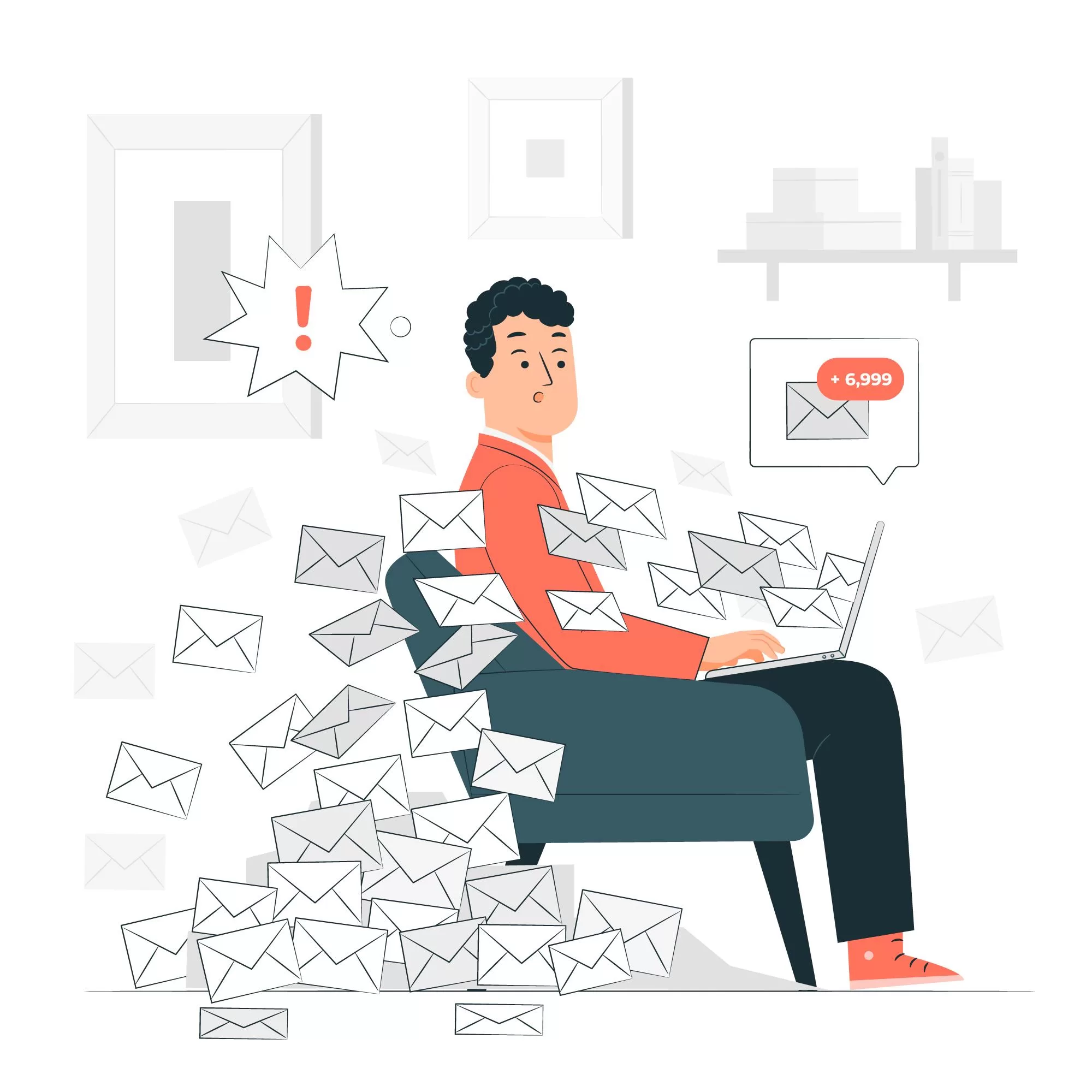Jira is great for tracking work, but notifications can quickly become overwhelming—or worse, ignored. The key to effective communication is making sure notifications reach people where they’re already working, whether that’s in Slack, email, or another tool.
Equally important is ensuring that people see what they need to know without being bombarded by unnecessary updates. In an active Jira project, noise is inevitable, but a well-structured notification scheme helps surface only the most critical information for each team member.
In this post, I’ll walk you through setting up a Jira notification scheme and integrating it with Slack and email to keep your team informed without drowning in alerts.
Step 1: Define Your Notification Needs
Before configuring notifications, ask yourself:
- Who needs to be notified? (e.g., assignees, watchers, project leads)
- What events should trigger notifications? (e.g., issue created, status changed, comments added)
- Where should notifications be sent? (e.g., Slack for quick updates, email for approvals)
- How do we prevent unnecessary noise? (e.g., avoid sending every minor update to the whole team)
Mapping this out first helps you create meaningful notifications rather than just adding clutter.
Step 2: Create a Jira Notification Scheme
A notification scheme determines who gets notified and when. To create one:
- Go to Jira Administration (⚙️ icon) > Issues.
- Click Notification Schemes and then Add Notification Scheme.
- Give it a clear name (e.g., “Engineering Notifications”).
- Click into the scheme and assign notifications for specific events (e.g., Issue Assigned, Issue Resolved, Comment Added).
- Choose recipients:
- Current Assignee (the person responsible for the task)
- Reporter (the person who created the issue)
- Watchers (people following the issue)
- Project Roles (e.g., developers, product managers)
- User Groups (e.g., “QA Team”)
- Save the scheme and associate it with your Jira Project under Project Settings > Notifications.
At this point, Jira will send notifications based on your scheme, but let’s take it a step further by integrating with Slack and email.
Step 3: Integrate Jira with Slack
If your team lives in Slack, setting up Jira notifications there can boost visibility without adding unnecessary email clutter.
📌 Method 1: Use Jira’s Built-in Slack Integration
- In Jira, go to Apps > Slack Integration.
- Click Add Subscription and connect your Slack workspace.
- Choose a Slack channel where notifications should appear.
- Select the Jira project and choose notification triggers (e.g., “Issue Assigned,” “Status Changed”).
- Click Save.
Now, key Jira events will appear in your Slack channels, making it easier to stay on top of updates without spamming inboxes.
📌 Method 2: Use Jira Automation for Custom Slack Messages
For more control over what gets sent to Slack:
- Go to Jira Project Settings > Automation.
- Click Create Rule.
- Set a Trigger (e.g., “Issue Transitioned” or “Issue Commented”).
- Add an Action: “Send Slack Message.”
- Configure the message format (e.g., “Hey @channel, {{issue.key}} moved to ‘In Progress’!”).
- Select the Slack channel and save the rule.
This method ensures only the most important updates reach Slack, reducing noise while keeping people informed.
Step 4: Fine-Tune Email Notifications
Jira’s default email notifications can be overwhelming, but you can make them more useful:
- Customize the email template (Admin > System > Email Templates).
- Use Automation to send targeted emails (e.g., notify stakeholders only when an issue is “Blocked”).
- Encourage users to adjust their personal email settings (Profile > Personal Settings > Email Preferences).
For teams using Outlook, Gmail, or another email service, consider setting up filters so Jira emails land in a specific folder instead of cluttering inboxes.
🔹 Pro Tip: If someone says, “I ignore Jira emails because there are too many,” that’s a sign your notification scheme needs refinement. Focus on sending only what’s relevant to each role.
Step 5: Test and Optimize
Once everything is set up:
- Test notifications by creating and transitioning test issues.
- Get feedback from the team—are notifications helpful or too frequent?
- Adjust as needed to reduce noise and improve relevance.
- Review notification analytics (Jira’s audit log can help) to see what’s actually being sent.
Final Thoughts
A well-designed notification system keeps your team informed without overwhelming them. By integrating Jira notifications into Slack and fine-tuning email alerts, you ensure that updates reach the right people at the right time—without distracting them with unnecessary noise.
By striking this balance, your team stays engaged, informed, and productive.
How does your team manage Jira notifications? Let’s discuss in the comments!

Leave a Reply